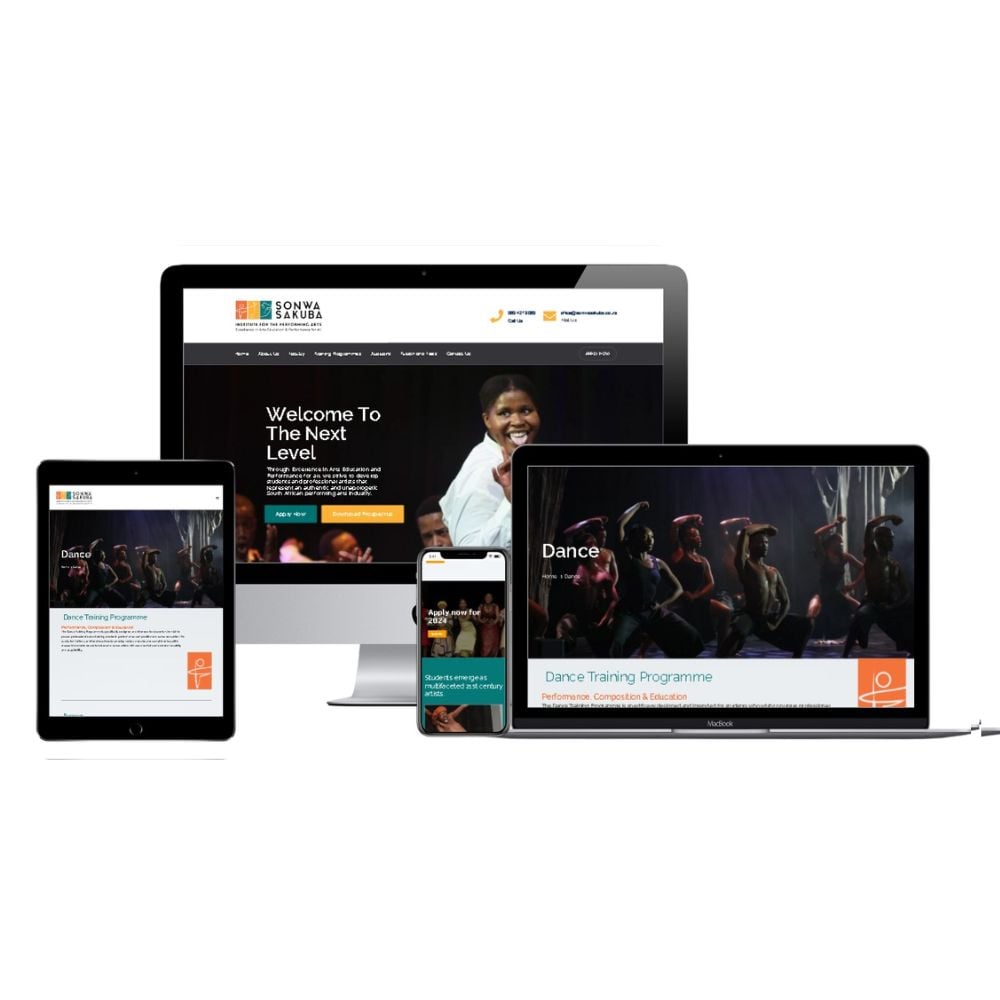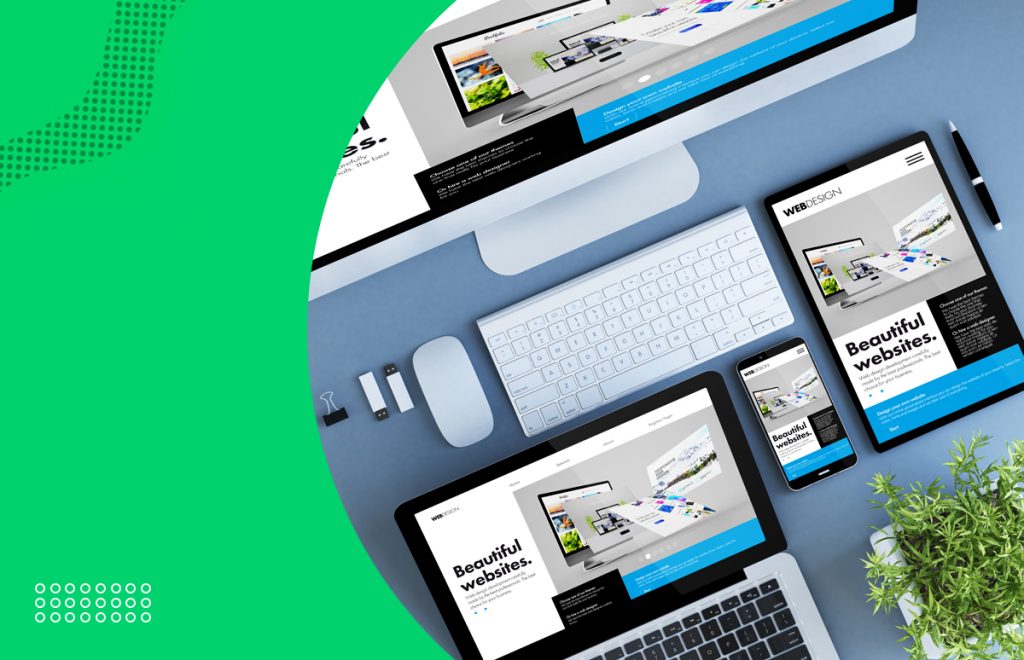How Website Design Impacts Brand Perception and Trustworthiness
How Website Design Impacts Brand Perception and Trustworthiness
Blog Article
Increase Engagement With Cutting-edge Internet Site Layout Solutions
In the world of digital interaction, the value of innovative internet site style solutions can not be overemphasized. A thoughtfully crafted individual experience, underpinned by critical aesthetic layout and interactive aspects, can significantly enhance user engagement. By discovering different techniques such as receptive design and individualized web content, businesses can produce a system that not just astounds individuals but likewise cultivates lasting commitment. The difficulty exists in understanding the nuances of individual habits and choices. This elevates an important question: what particular methods can be implemented to guarantee that a website remains user-centric and engaging?

Understanding Customer Experience
Understanding user experience (UX) is vital for producing effective internet site style options, as it straight influences exactly how customers connect with electronic platforms. A detailed UX method incorporates different components, including functionality, customer, and access complete satisfaction, every one of which add to the total performance of a website.
To start with, functionality concentrates on just how conveniently users can navigate and discover the info they seek - website design. A well-structured design, user-friendly navigation, and clear phone calls to action are fundamental components that boost usability. Ease of access guarantees that all customers, consisting of those with handicaps, can effectively connect with the web site. This involves designing material that is certified with ease of access criteria and can be conveniently accessed utilizing assistive innovations.
Furthermore, recognizing individual characters is crucial for customizing the experience to fulfill specific target market requirements. By performing user research study and screening, designers can gather understandings that educate design decisions, making sure the website not just meets aesthetic objectives but likewise meets useful requirements. Ultimately, a thoughtful approach to UX design cultivates interaction, urges retention, and improves general customer contentment, which are important for the success of any type of electronic system.
Visual Layout Strategies
Incorporating reliable visual layout strategies is important for capturing user focus and improving the general individual experience on a site. A well-thought-out visual hierarchy guides users through the content, permitting them to quickly soak up and navigate info. This can be attained through the strategic use typography, color design, and spacing, which collectively develop a engaging and natural format.
Shade plays a critical duty in developing and evoking feelings brand identity. Using a balanced shade combination that aligns with the brand's values can promote experience and trust fund. In addition, including top quality pictures and graphics enhances visual appeal and can dramatically boost user interaction.
Whitespace, typically neglected, is equally important as it enables web content to breathe and avoids overwhelming users with mess. It assists in simpler reading and comprehension, bring about an extra enjoyable searching experience.
Finally, uniformity in design aspects-- such as button symbols, designs, and fonts-- makes sure a seamless user journey, strengthening the brand's professionalism and reliability. By purposefully applying these visual layout strategies, sites can not just draw in site visitors however also encourage them to stay longer and engage even more deeply with the web webpage content.
Interactive Aspects for Involvement
Engaging individuals efficiently usually depends upon the application of interactive elements that welcome engagement and promote a dynamic browsing experience. These elements, including tests, polls, and interactive infographics, motivate users to actively take part as opposed to passively take in web content. By integrating such functions, websites can not just record focus but also enhance user retention.

Gamification is an additional effective strategy. Integrating game-like components, such as accomplishments or benefits for completing jobs, can change mundane interactions into pleasurable experiences. This method not just boosts engagement but also encourages individuals to return, producing a dedicated target market.
Additionally, interactive components can help with social sharing, enhancing an internet site's reach. Features like remark areas, share buttons, and user-generated content locations foster community interaction, turning visitors into active participants. website design. Eventually, the strategic usage of interactive components is important for creating a interesting and engaging internet site that reverberates with users
Responsive and Adaptive Style
A properly designed website should prioritize flexible and receptive layout to ensure ideal user experiences across a variety of gadgets and screen dimensions. Responsive layout uses liquid grids and adaptable images, enabling the format to automatically change based upon the viewer's screen dimension. This technique makes sure that individuals can quickly browse and engage with the web content, despite whether they are making use of a tablet computer, smartphone, or desktop .
On the other hand, flexible design uses predefined layouts that are customized to particular tool classifications. This means that the internet site finds great post to read the kind of tool being utilized and offers the appropriate layout, which can improve filling times and enhance the display screen of crucial aspects. While both techniques aim to enhance use, responsive layout is commonly preferred for its fluidity and seamless change between tools.
Integrating responsive and adaptive design not just enhances customer fulfillment but also positively affects internet search engine positions. Look engines prioritize mobile-friendly websites, hence increasing exposure and bring in even more visitors. Therefore, purchasing these layout methods is vital for companies aiming to engage their target market efficiently and preserve an affordable edge in today's electronic landscape.
Analyzing User Comments and Data
Individual feedback and information evaluation are vital parts of efficient website layout, as they give important understandings into user behavior and choices. By systematically analyzing and gathering individual feedback through studies, functionality screening, and analytics tools, designers can recognize discomfort factors and areas for enhancement. This data-driven approach allows organizations to tweak their website aspects, ensuring that the user experience lines up with audience expectations.
Evaluating metrics such as bounce rates, time on page, and click-through rates supplies a quantitative point of view on customer involvement. These metrics help designers recognize which material resonates and which locations might require optimization. Moreover, A/B screening can be employed to review variants in design, allowing designers to make enlightened decisions based upon customer interactions.
Integrating user responses not only improves site functionality but likewise promotes a sense of neighborhood and trust. Involving with users through responses loopholes grows loyalty and urges repeat visits. Ultimately, leveraging individual comments and information click reference evaluation is essential to developing a dynamic, user-centered site that adapts to evolving customer needs and preferences, therefore driving higher engagement and complete satisfaction.
Verdict

A thoughtfully crafted individual experience, underpinned by tactical visual style and interactive aspects, can substantially enhance customer engagement.Integrating effective aesthetic layout methods is necessary for catching individual interest and enhancing the general customer experience on a web site.User feedback and information evaluation are vital elements of effective site style, as they provide important insights right into customer behavior and preferences. Ultimately, leveraging customer responses and information evaluation is indispensable to developing a vibrant, user-centered internet site that adjusts to advancing customer demands and preferences, thus driving higher engagement and contentment.
In conclusion, innovative web site layout services considerably improve individual interaction by prioritizing user experience, using efficient visual strategies, and incorporating interactive components.
Report this page